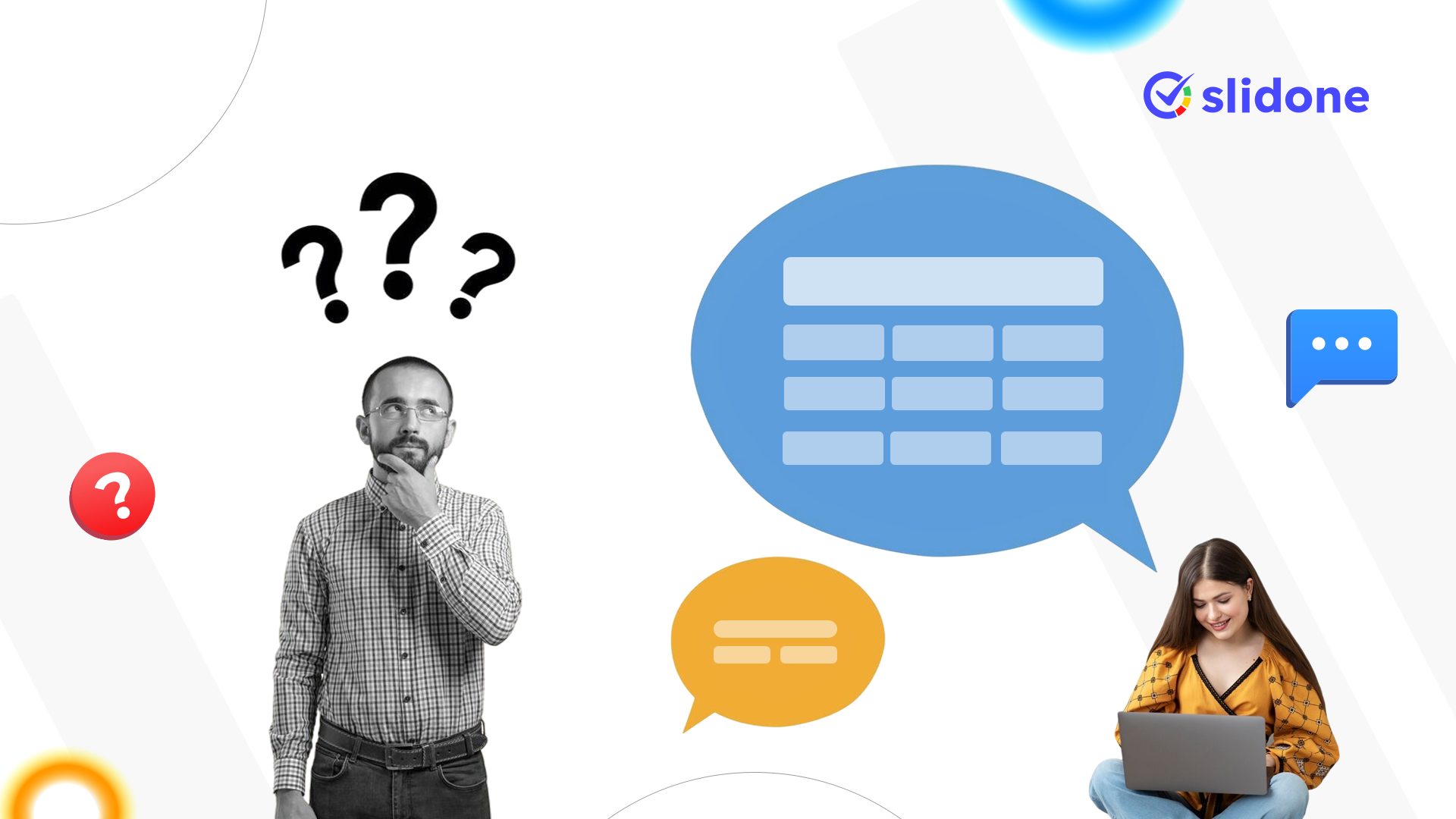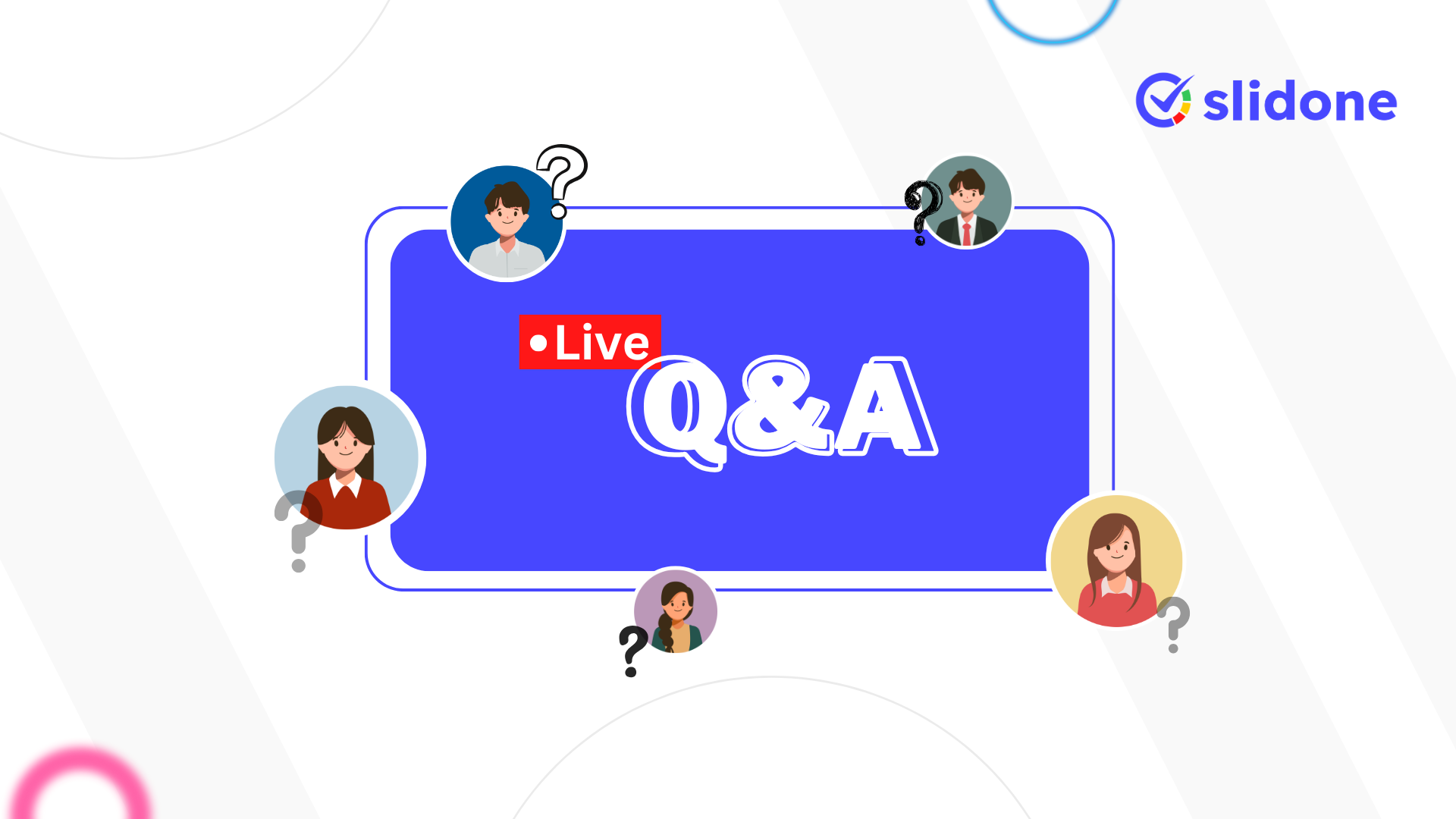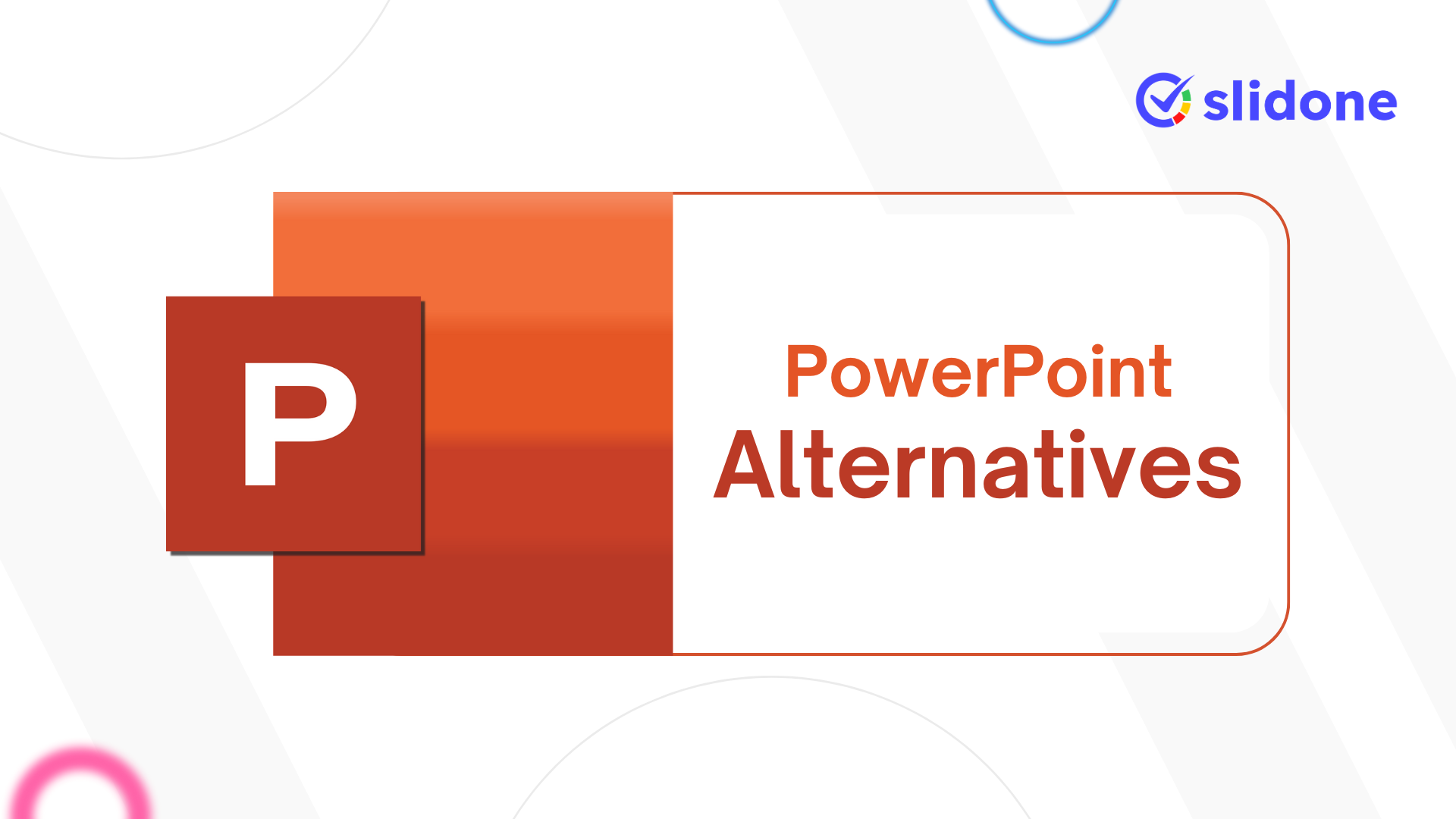Let’s be real—how many times have you asked a question and only got a “yes,” “no,” or awkward silence in return?
We’ve all been there. Whether you’re teaching a class, running a meeting, or hosting a live session, it’s easy to fall into the trap of asking questions that don’t really go anywhere. That’s where live open-ended questions come in—and trust me, they can completely change the way your audience interacts with you.
What Makes Open-Ended Questions So Powerful?
Before we get into the how, let’s talk about the why.
Open-ended questions invite people to think, share, and reflect. They don’t lead to dead ends like “yes” or “no.” Instead, they lead to ideas, opinions, emotions, and stories. And that’s the gold, especially in learning environments, meetings, workshops, or interactive presentations.
Here’s the magic in action 👇
❌Closed: Did you enjoy the session?
✅Open: What part of the session stood out to you the most?
The difference? One ends the conversation. The other starts one.
Real-Time Value: Why They Matter in Your Presentations
Here’s where it gets real—especially when you’re presenting using a tool like Slidone. When you ask a live audience a yes/no question, they might answer, but that’s it. No follow-up, no spark. But an open-ended question?
🎯 It pulls people in.
💬 It generates fresh ideas.
🙌 It makes everyone feel involved.
People love to be asked what they think—as long as they know their thoughts matter.
Let’s Talk About the HOW
Open-ended questions are easy to ask, but asking them well takes a bit of strategy. Here’s a quick guide you can use every time.
1. Start with curiosity
Ask questions that make people reflect or describe something.
Use words like: What, How, Tell me, Why, Describe
2. Keep it short and clear
Avoid long, complicated questions. You’ll lose them halfway.
❌ What are your thoughts on the way the organizational communication model could be restructured…?
✅ What’s one way we could improve team communication?
3. Don’t lead them
Let your audience tell you what they think—not what they think you want to hear.
❌ What’s your favorite part of our amazing new feature?
✅ What did you find most useful in the new feature?
4. Give time to think
Pause. Let it breathe. Don’t rush to fill the silence—it’s where the magic happens.
Real Use Cases for Open-Ended Questions
Here’s how people are using open-ended questions right now (and how you can too):
🎓 In Classrooms
What’s something from today’s lesson that surprised you?
How would you explain this topic to a friend?
Use them during a Slidone presentation to collect responses live, show them on screen, and start a discussion.
💼 In Business Meetings
What’s one challenge you’ve had with this process?
How do you see this change affecting your workflow?
This turns your meeting from a one-way update into a two-way collaboration.
🧠 In Training or Workshops
What’s your biggest takeaway so far?
What part of this felt most unclear?
You’ll not only spot gaps but show your audience that you care about their experience.
🗣️ At Events or Conferences
What brought you here today?
What would make this session more valuable to you?
Great way to keep your crowd engaged and involved, especially with live Q&A or feedback moments.
How to Ask Open-Ended Questions in Slidone (It’s Simple!)
If you’re already using Slidone, here’s how to make the most of open-ended questions:
- Create a presentation
- Add a new slide → choose “Open-Ended Question”
- Type your question (make it engaging!)
- Present your slide and share the QR code or link
- Let participants respond in real time
- Display their thoughts live on screen
- Use their responses to guide your discussion
💡 Bonus tip: Use profanity filter if you’re presenting to a large or public group—it will filter the answers before they show up on screen.
Open Ended Question Examples You Can Use Right Away
Need inspiration? Here are some open-ended questions grouped by purpose:
Feedback
- What would you change about today’s session?
- What confused you the most?
- What part of this project needs more clarity?
Learning
- What’s one thing you learned that surprised you?
- How does this connect to something you already know?
- If you were teaching this topic, how would you start?
Brainstorming
- What’s one creative idea we haven’t tried yet?
- What do you think our audience really needs?
- What small change could make a big impact?
Personal Check-ins
- How are you feeling about this project so far?
- What’s one thing you’re proud of this week?
- What’s been your biggest challenge lately?
Why Open-Ended Questions Work So Well with Slidone
Here’s the best part. Using interactive presentation software like Slidone means:
✔️ You collect honest responses in real-time
✔️ You keep participants engaged through live input
✔️ You display audience thoughts for everyone to learn from
✔️ You create a space where every voice counts
Whether you’re in a classroom, leading a workshop, or running a company town hall, Slidone lets you move beyond bullet points and connect with people—for real.
Final Thoughts
Open-ended questions aren’t just another teaching or leadership trick. They’re a mindset shift. You’re not just asking for answers—you’re opening the door to understanding, reflection, and growth.
So the next time you get ready to present, ask yourself:
🔹 Am I just talking to my audience?
🔹 Or am I giving them space to talk back?
Use open-ended questions and make your next session a real conversation.
👉 Ready to try it out?
Start by adding an Open-Ended Question slide in Slidone, and watch the conversation unfold—live, honest, and human.





Leave a Comment
Your email address will not be published. Required fields are marked *